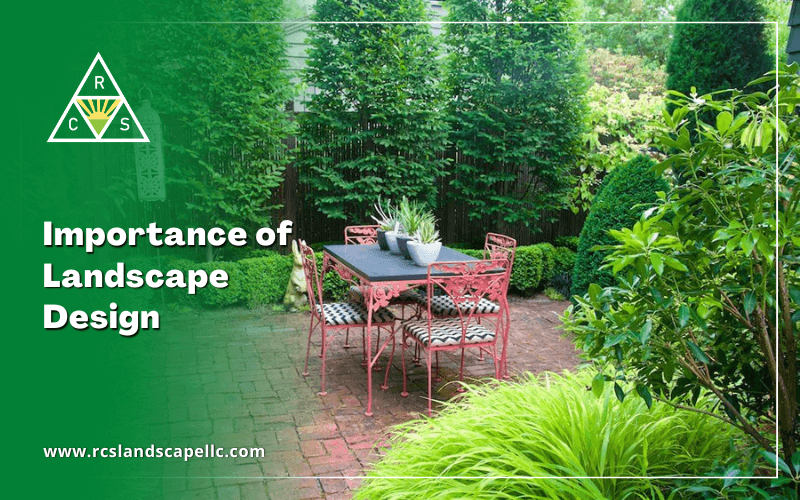Landscape Design for Beginners
Table of ContentsExamine This Report about Landscape DesignThe Basic Principles Of Landscape Design Landscape Design - An OverviewThings about Landscape DesignThe Ultimate Guide To Landscape Design
A backyard can normally be split into three areas: public (the front backyard), exclusive (the back yard), and solution (commonly the side yard). The location of task areas depends mostly on the type of area, the size of room needed, the type of activity, and the desired proximity to various other activities and frameworks.The outside wall surface of your home often functions as the first wall surface or starting factor of an outdoor room. Incompatible uses should be separated, and associated tasks, such as cooking and dining, must be assembled to make the backyard more effective and delightful. When making use of hardscape to create areas, use construction product similar to that made use of in your home for connection from your house right into the garden.
Linked rooms. Credit Score: Gail Hansen, UF/IFAS Utilizing comparable hardscape attributes and repeating plants draws the eye around the yard. Crucial factors in the process can be highlighted with plantings or features that attract attention and encourage movement in a particular instructions. Relocating along the path takes an individual from one location to the next and allows the customer to have a selection of experiences.
Not known Factual Statements About Landscape Design

For emotional convenience plants are utilized as physical or implied barriers for privacy and safety and security. Physical obstacles obstruct both the sight and access to a room and include fences, walls and plant hedges. Indicated obstacles, commonly reduced growing plants, block gain access to but not the sight (Figure 9). Various other features of plants consist of cleaning up the air, avoiding disintegration and soil loss, keeping dampness in the dirt, and returning natural matter to the soil.
Physical and suggested obstacles. Debt: Gail Hansen, UF/IFAS For these reasons, the sorts of plants to be used (such as trees, bushes, or groundcovers) need to be picked in the beginning of planning (Landscape Design). Plant types are picked for their functional capabilities so that their future objective and needed area can be taken into consideration at the exact same time

Landscape Design Can Be Fun For Everyone
Each plant mass is in front of, behind, or next to, one more mass. Debt: Gail Hansen, UF/IFAS Duplicating plants within a mass and repeating masses with similar plants links the garden with each other. The private plant attributes must be considered to successfully imp source layer and mass plants.
All plant make-ups begin with the main framework plants, the large, mostly evergreen history plants-such as the trees and large shrubs. These plants separate or enframe areas, regulate the size of the space, and provide the starting factor for selecting the appropriate characteristics of the second layer, midground plants, for massing and infill.
Essential factors in the garden need to be highlighted by the use of special plants, distinct structures, or garden accessories. Marking limits or entryways to areas can be finished with entrances, arbors, and steps, or via the use of special and colorful plants. The kind and/or design theme of the yard will certainly typically assist figure out the important factors and just how they must be highlighted.
Various other crucial places in the backyard are browse around this site focal points, which is made use of to aesthetically arrange a landscaped area. Various perspectives or point of views can expose different make-ups in the landscape that may require a variety of focal points.
The Ultimate Guide To Landscape Design

Plant types. Credit Report: Gail Hansen, UF/IFAS After kind, appearance is the next leading attribute of a plant; rugged, medium and fine appearances can be used for comparison and emphasis in the landscape.
The pleasant fragrance of plants, the noise of wind in the trees, the noise and texture of water, and the shades and structures of sculptures, pots and garden furnishings all add to the experience of the yard. One information that is usually forgotten is the impact of light on the appearances of the plants.

The Greatest Guide To Landscape Design
It is necessary to understand the eventual mature size of plants so they can be placed in the right place and spaced correctly when they are set up. Offering plants space to grow is a difficulty because the typical mature dimension is usually based upon optimal growing conditions and the ecological conditions of a site may cause a plant to grow bigger or stay smaller.